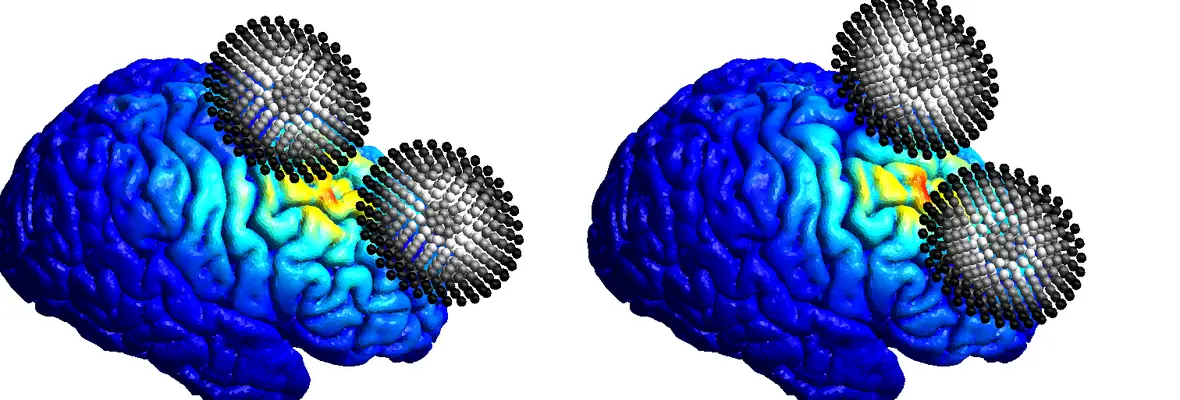Home
The goal of my research program is to understand the mechanisms that mediate pathological anxiety. Anxiety is the most commonly diagnosed class of mental illness, with 1 in 5 individuals meeting the diagnostic criteria for an anxiety disorder each year. Although anxiety disorders are multi-faceted, featuring both cognitive and emotional symptoms, the most common treatments for anxiety (e.g. exposure therapy, antidepressants, benzodiazepines, etc.) primarily target the emotional symptoms. Accordingly, there is a critical need for mechanistic research exploring the relationship between anxiety and cognition. To address this need, I have designed a research program based on the overarching hypothesis that clinical anxiety is not only mediated by persistently elevated state anxiety but also by poor cognitive control skills. This work is significant because previous research related to anxiety/cognitions interactions has primarily focused on the effects of anxiety on cognitive processes, with the inverse relationship left relatively unexplored. In contrast, my research also explores the effect of cognitive processes on anxiety, which has led to novel evidence that dysregulation of frontoparietal attention network potentially contributes to anxiety. This novel finding could support future treatments of anxiety using neuromodulation.
To study anxiety, my current work uses threat of shock as a model system to manipulate state anxiety in healthy subjects, and anxiety potentiated startle (APS) as the primary outcome measure. In this paradigm, subjects experience extended periods where they are at risk for shock, alternating with periods of safety. Periodically, they receive presentations of a loud white noise that elicits an acoustic startle reflex, which is measured using electromyography. Because very few actual shocks need to be delivered, it is possible to conduct concurrent cognitive tests. This flexible design allows me to explore the relationship between anxiety and cognitive processes across a wide variety of cognitive paradigms, using a systematic progression of experiments.
Approach
-
Use psychophysiology to identify a relevant behavioral process.
-
Use neuroimaging to identify the brain regions involved in this behavior.
-
Use noninvasive neuromodulation to determine whether these brain regions contribute causally to the original behavior.
This approach is innovative because it combines a well-validated, thoroughly researched model system (threat of shock) that can be implemented in healthy subjects with advanced methods in the fields of neuroimaging and neuromodulation that allow for the generation and testing of causal hypotheses about brain-behavior relationships.


